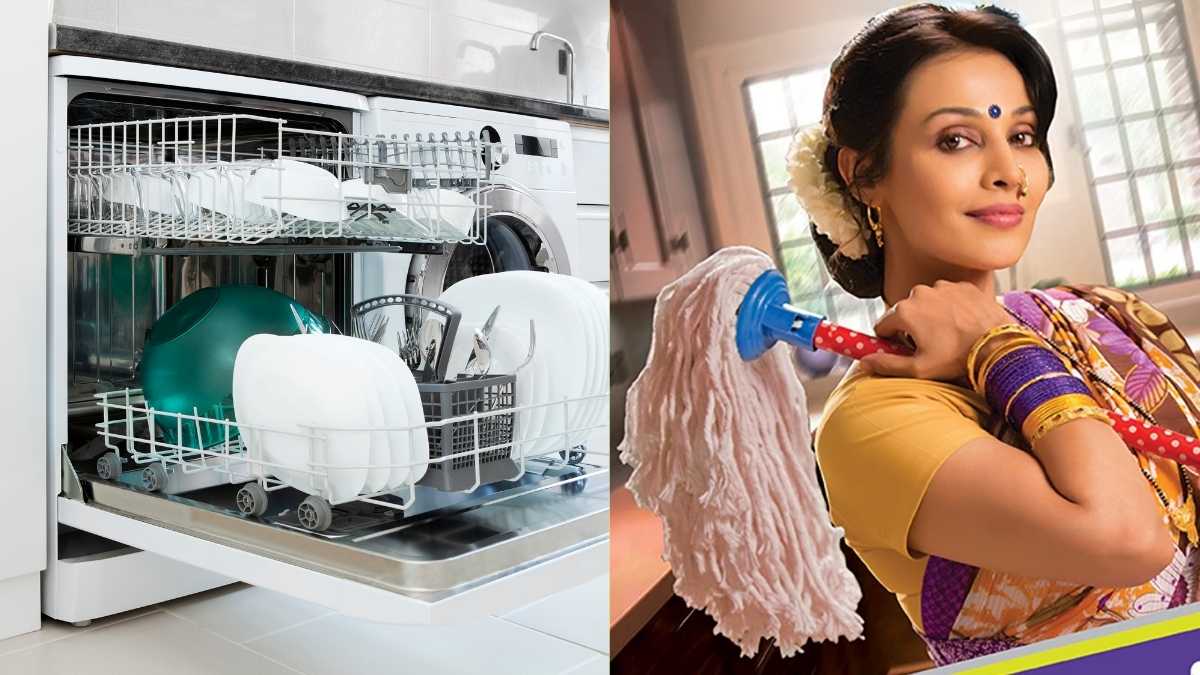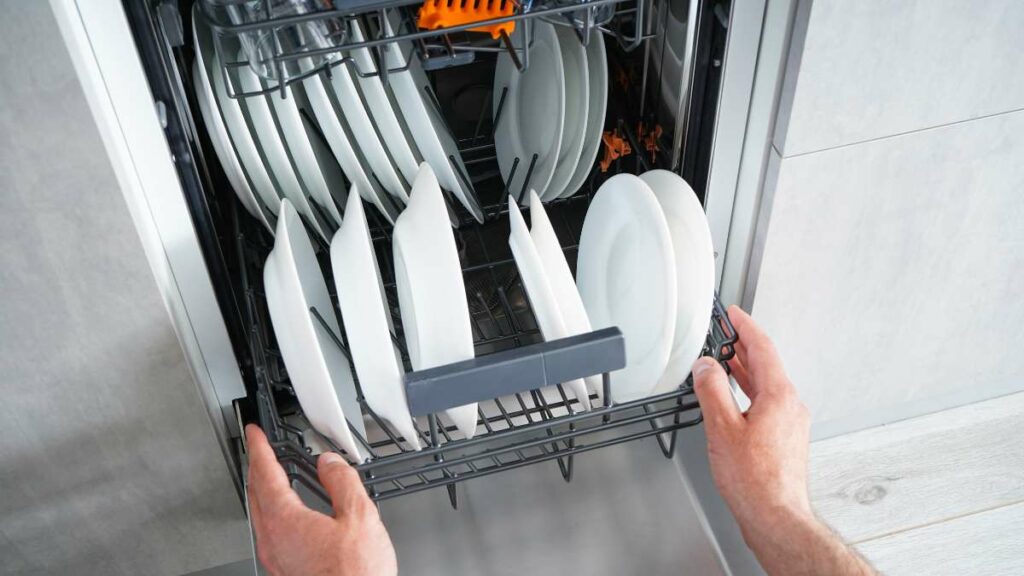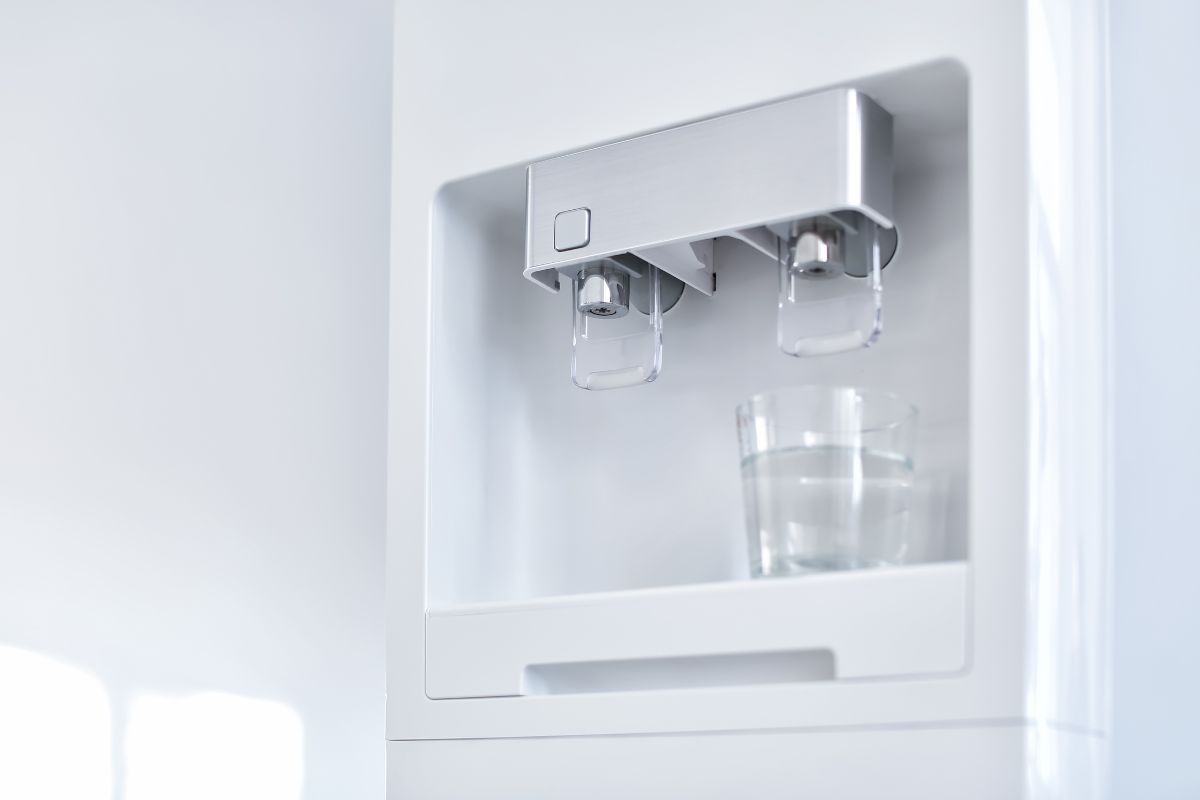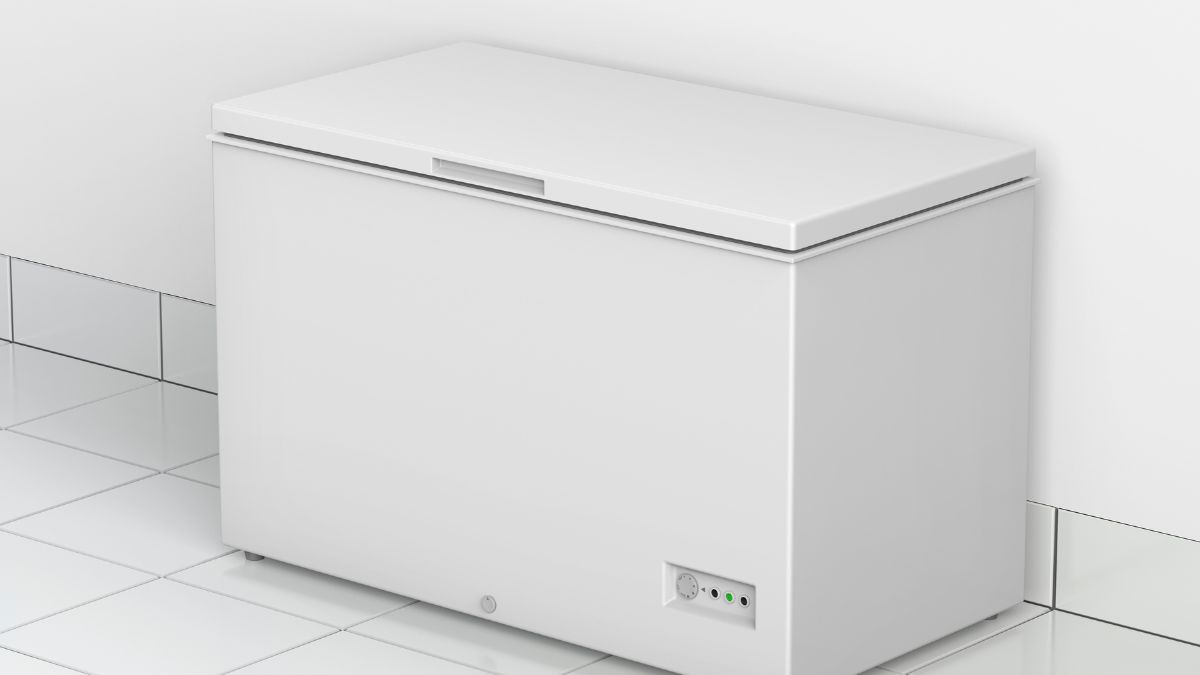
Dishwasher or Maid – which is the better choice in India? Well, while the question might seem a bit of a non-starter, but there is more to consider here than just the surface level discussion. The quality of life in Western countries and India cannot be understood within the same framework. While average pay is much higher in the west, the quality of life can be similar or even better in India for a much lower income as well. And a lot of it is because of the availability of domestic help at relatively cheap cost compared to the west. Now, appliances like dishwashers, washing machines, and more were designed to improve the lifestyle and improve the quality of life for people in the west. But, given our different lifestyles, do we really need it. Can it be economical for us here in India.
Well that depends on a variety of factors like our lifestyle choices, where we live, availability of domestic help, cultural factors, cost effectiveness and so much more. In this blog we will discuss all of this and help you find the answer for this question and in making the right decisions.
Calculating the Costs of a Maid in an Average Indian Household
The average maid salary in a metro city like Delhi or Mumbai for full-time work is approximately Rs. 8000-10000 per month. This does not account for additional benefits like Provident Fund, yearly bonuses, medical reimbursement etc. which can add another 20-30% to the total cost.
Other regular expenses that are borne by households employing a full-time maid include:
- Transportation allowance: Rs. 500-1000 per month
- Annual uniform cost: Rs. 1500-2000
- Monthly toiletries provided: Rs. 300
- Food allowance: Rs. 1000-1500 per month
Accounting for all these factors, the total monthly cost for a maid in a metro household works out to Rs. 10,000 – Rs. 13,000. With yearly salary increases around 10-15% on an average, the cost of employing a maid will keep rising progressively every year.
In smaller towns and rural areas, the average maid salary is lower, in the range of Rs. 3000-5000 per month. But the costs are still substantial when viewed as a yearly expense.
Understanding the Costs of Owning a Dishwasher
The upfront purchase and installation cost for a branded dishwasher in India starts at around Rs. 15,000 and goes up to Rs. 30,000 or higher for premium models.
The electricity usage of a dishwasher is about 1-2 units per standard wash cycle. With electricity rates in most metro cities at Rs. 7-8 per unit, each dishwasher cycle costs around Rs. 10-15 for the energy consumption.
For a household that runs the dishwasher twice daily, the estimated monthly electricity bill for the appliance would be Rs. 600-900. Additional detergent costs and any maintenance or repair expenses would also need to be factored in.
Over an assumed lifetime of 10-15 years for a dishwasher, the total ownership cost generally works out to be a bit more than hiring a full-time maid over the same period. However, the dishwasher saves time and effort in washing utensils and may be preferred by smaller or nuclear families in urban areas.
Comparing the Real-World Costs: Maid vs Dishwasher
While hiring a maid may seem like the more economical option initially, the hidden costs and yearly increases can make it an expensive arrangement in the long run. A dishwasher has a significant upfront cost but can provide convenience and potential savings over time.
A maid working full-time for a household usually completes tasks slower but can multitask across cleaning, laundry, grocery shopping etc. A dishwasher on the other hand is focused specifically on washing loads of dishes and utensils in the kitchen. Real-time performance tests show that dishwashers can clean many more loads per day than a maid typically can.
For instance, a dishwasher can run 2-3 cycles of 12-15 place settings in a day, completing 24-36 place settings of washed utensils. A maid on average may take 60-90 minutes to hand wash 15-20 place settings. This indicates that for larger families, the dishwasher provides much faster turnaround in cleaning dishes.
Availability of Maids vs Dishwashers in Urban and Rural India
In India, the practice of hiring domestic help like maids, cooks and drivers is common across middle and upper class households. Maids are relatively easy to hire in most urban areas as well as in small towns, though availability may be lower in remote villages.

In contrast, dishwashers are still considered a luxury or premium household appliance, restricted mainly to affluent families. As per industry estimates, less than 2% of Indian households own a dishwasher currently. In rural areas and smaller towns, availability of dishwashers is negligible.
This indicates that while maid hiring is prevalent across India, dishwashers are limited largely to high-end urban households as of now. But with more models launching at lower price points, adoption rates may increase substantially in the next 5-10 years.
How Cultural Perceptions in India Affect Maid vs Appliance Decisions
The choice between a maid and a dishwasher is also influenced by prevalent cultural attitudes in Indian society. Hiring domestic help has traditionally been viewed as a necessity and status symbol, especially for upper class households. Having full-time household staff is considered customary and prestigious by many families.
However, the new generation of affluent Indians are more open to technological aids and appliances like dishwashers. Increased exposure to global lifestyles has made automation and gadgets fashionable. Still, the initial reaction to dishwashers is skepticism around cost, effectiveness and whether the appliance can match the personalized service of a maid.
Lifestyle Fit: Assessing Dishwasher vs Maid Based on Household Needs
The decision between a dishwasher and maid ultimately depends on each family’s specific needs and lifestyle.
For middle class dual-income households in metro cities, living in compact apartments, a dishwasher can be an advantageous appliance. It frees up time and effort in cleaning dishes, especially on workdays when the family is out for long hours. The dishwasher can run automatically while the homeowners are occupied with their jobs and other responsibilities.
In traditional and status-conscious families, having full-time domestic staff like a maid is considered a necessity. The maid not only handles dish washing but all other daily cleaning activities like sweeping, mopping, laundry, grocery shopping etc. They provide a customized, flexible service as per the family’s preferences.
Joint families may employ multiple maids if they have space for live-in staff. The maids handle all the daily chores in the house and family members need not spend any time on domestic work.
Environmental Factors: Dishwashers vs Maids
There are also some environmental factors that should be considered when comparing these two options.
Maids typically either live locally or commute from nearby affordable areas to their workplace. Daily commutes of 2-3 hours on public transport contributes to air pollution, traffic congestion and fuel consumption.

In contrast, an efficient dishwasher consumes only electricity and water during operation. No commuting is involved. Modern dishwashers are designed to conserve resources by using optimal wash cycles and heat settings. This makes them a greener alternative to daily maid commutes.
Why People Generally Don’t Use Dishwashers in India
The use of dishwashers in Indian households is very low compared to Western countries. According to industry estimates, only about 2% of urban Indian households own a dishwasher. There are several factors that contribute to the low penetration of this time-saving appliance in India:
Lack of awareness
Many people are simply unaware of dishwashers or how they can make life easier. A survey found that nearly 35% of respondents did not know what a dishwasher is. There is low visibility and marketing around dishwashers in the Indian market.
Awareness of dishwashers in India
| Awareness Level | Percentage |
| Know well what it is | 15% |
| Have some idea | 50% |
| Never heard of it | 35% |
High upfront cost
Dishwashers are seen as expensive appliances, with prices typically ranging from ₹25,000 to ₹50,000. This high upfront cost deters many households. Per capita income in India is around ₹150,000 annually, so a dishwasher purchase represents a significant expense for most families.
Space constraints
Many Indian kitchens, especially in cities, tend to be small. Adjusting space for a dishwasher is a challenge. An average dishwasher needs a minimum space of 2 ft x 2 ft, which can be difficult given cramped urban apartments.
Average Indian Kitchen Size by City Type
| City Type | Avg. Kitchen Size |
| Metro | 50-100 sq ft |
| Tier 1 | 150-200 sq ft |
| Tier 2 | 250+ sq ft |
Availability of maid
A huge factor is the relatively low cost of domestic help and maids. Why buy an expensive appliance when labour is cheap? The average maid cost in India can range from ₹8000 – ₹10000 per month.
Cultural perception
Some households believe dishwashers may not clean as effectively as hand washing. There is also a cultural aspect where some view that utensils washed by hired help are more hygienic. Changing this perception will take time.
The above reasons contribute to why dishwasher ownership has lagged in India. However, with rising incomes and changing lifestyles, their adoption is likely to increase, albeit gradually.
Conclusion: Prime Questions to Ask When Deciding Between Maid vs Dishwasher
While maid hiring has been the prevalent practice for decades in India, dishwashers are gaining some popularity among urban nuclear families.
Here are some questions to ask when deciding between a dishwasher vs maid for your household:
- What is my budget for upfront appliance cost versus long term salary costs?
- What are my priorities – saving time and effort or customised human service?
- How big is my family? More dishes = dishwasher advantageous
- What is my home size? compact apartment or sprawling house?
- Does my lifestyle need extensive cleaning like laundry that a maid provides?
- Do I want to conserve electricity and water usage with an appliance?
- Am I comfortable having a live-in maid or dealing with commute logistics?
While both dishwashers and maids have their merits, when all the factors are weighed – convenience, cost, cultural norms, and job creation – hiring a maid seems the wiser choice in the Indian context.
With affordable labor readily available, installing an expensive appliance like a dishwasher is simply not a practical solution for most Indian households. According to market surveys, the average cost of a dishwasher in India is between ₹25,000-₹40,000 – a significant spend when the average per capita income is around ₹150,000 per annum.
In comparison, hiring domestic help costs a fraction. A full time maid may cost ₹8,000-12,000 monthly. Not only do they wash utensils but also tidy up the kitchen and sometimes even help cook meals.
Culturally too, having domestic help is an accepted norm here. Official estimates suggest there are over 2 million domestic workers across India’s urban centers. Their salaries support entire families in poorer socioeconomic strata. With so many people in need of work, creating employment should be a consideration too. According to the International Domestic Workers Federation, India has over 20 million domestic workers – the largest in the world.
So while dishwashers may be catching on among elite urban households, for the average Indian family, sticking with the tried and tested maid makes better sense. Analyze your unique household size, preferences, needs and budget to make the optimal maid vs dishwasher decision for your family.







